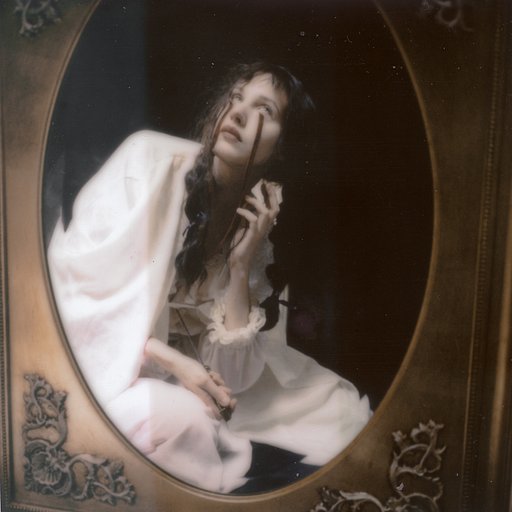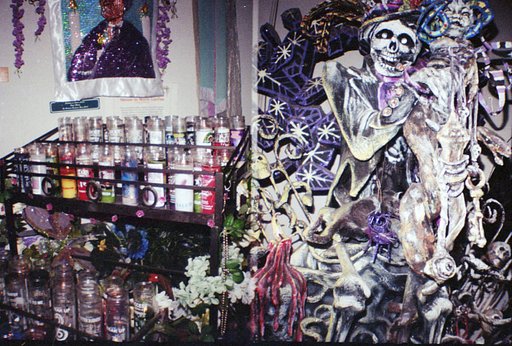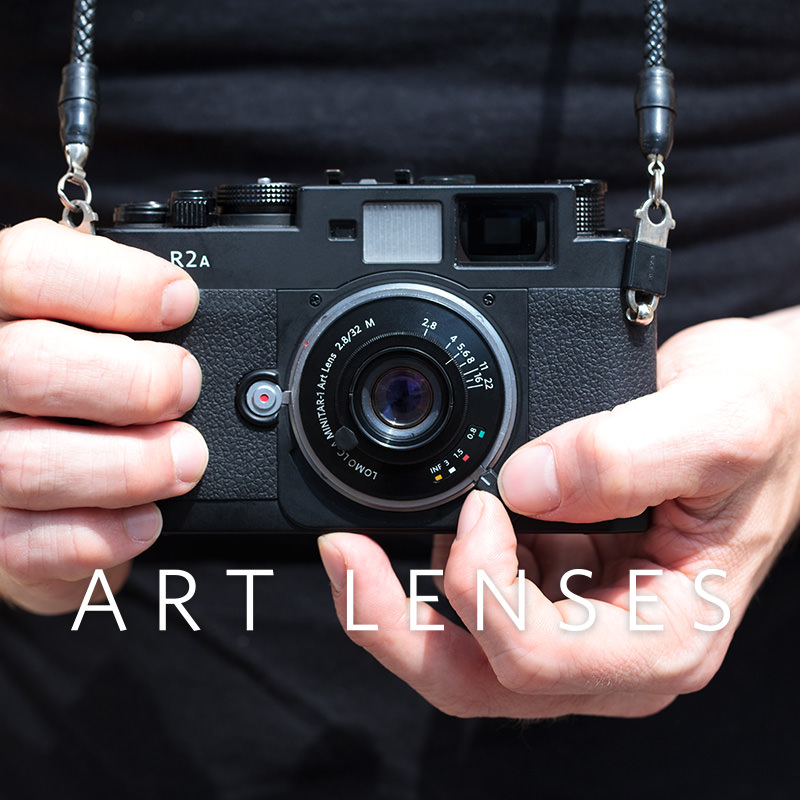Lomography Newcomers: @fleurthesmar on the Art of Science and the Science of Art
2 Share TweetEngineering, painting, and photography. The rigor infused with creativity that’s found within these disciplines is what has helped shape the sensibilities of our sixth Lomography Newcomer, Fleur (@fleurthesmar), when it comes to her approach toward film photography. Born and raised in France, and now based in Belmont, a town close to Boston, Massachusetts, Fleur has artistically grown and nurtured her roots in between France and the US throughout the fields of art and science. She’s a trained engineer who found sincerity and solace in the words of Susan Sontag and has translated that into a unique kind of image-making of her own — and that’s only a fraction of her story.
“Reading about photography reminded me it had a bulb mode and that I could use it to “paint”. At dawn, you just shoot with low exposure to see what happens, with a slight movement. It leaves a trace of things. The exposure time is hand-controlled and approximative. In watercolor, there is randomness from the movement of water, like bulb mode, and transparency like multiple exposures. These characteristics are meaningful. They talk about time, memory, movement, imperfection. It’s a kind of vertigo in a lost moment.”
Fleur is an artist whose chosen mediums are watercolor painting and film photography. With trees in their varying states serving as a recurring motif in her work, she graciously paints scenes of the natural world using her best colors: inscribing remnants of her field of study and remembrances of a meaningful encounter into every broad stroke that exists within a 35 mm and 120 film canvas.
“. . . I was fascinated by how old masters like Brueghel could represent vast places (i.e., hell, paradise) without perspective, hence my work started with painting. I became obsessed with composition. Besides, I must say my constant interest is nature.”
As someone who regularly photographs on film with her trusty Lomo LC-A 120 Film Camera and Lomo LC-Wide 35 mm Film Camera, and favors embedding multiple exposures into her images (as well as shooting on longer exposures!), she wasn’t always a consistent film photographer. Generally speaking, she has always had a good habit of practicing photography but admits to pivoting to shooting mainly on digital sometime around the 2000s. It was through exploring other approaches to photography and how they relate to other fields of study — especially resonating with stories hinging on light and the rhythm created in an image — that she tapped back into the art of film photography. She notes Susan Sontag as a moving figure in her journey back to analogue too. “I read Susan Sontag’s ‘On Photography.’ The book is highly critical about the medium, but it left me with the obsessive idea that I had to come back to analogue photography. It used to be so beautiful, magical. And I was thinking, maybe you can beat the perspective of the camera in doing some other things.”
Since then, Fleur has incorporated film photographs into her art pieces. As a fan of the 120 film format, she gives credit to its “stunning definition,” describing it as unmatched when lined up with the other formats.
“120 film is unbeatable, it’s gorgeous. The definition is stunning. I also like that the rotation I suggest fits well in the square. I am currently testing the same ideas in 35 mm, to see what happens.”
Fleur’s style of photography invites one to see through a kaleidoscope of colors and natural elements. Attempting to capture what the human eye does not always have physical access to see is quite a challenge, but for her, it is integral and necessary to the kind of art she believes in. In her words, “trees dance and we otherwise don't perceive it.”
Utilizing the multiple exposure and bulb mode features on the Lomo LC-A 120 Film Camera, Fleur traces this technically stylistic choice back to her relationship with watercolor painting.
“It’s a long practice of transparency in watercolors that brought me to multiple exposure. I am specifically using it to show what I have seen in nature. We have an illusion of a still world, but in truth, it looks more like that.”
Every photograph is also a nod to Fleur’s background in engineering: geometric shapes filling the celluloid film’s frame. Fleur’s overall visual work explores the foundational aspects of math, science, and art, but with a brightened sense of curiosity for abstract concepts such as space and patterns, “...my curiosity is directed to the methods and ways on how to describe space. For instance, perspective is the traditional way to represent a 3D shape, but it tends to flatten space.”
The environment is a main subject and usual topic of conversation throughout her works; it’s where we find trees breathing through extended branches and lush plants growing about. This is all brought together by Fleur’s genuine compassion for nature — visualizing ways (with the help of film) to achieve harmony:
“I have seen in trees, structures that are to me like crystalline, or harmonic waves. It appeared to me with a blooming Stellata Magnolia. I think that these shapes are similar at smaller scales, so sometimes I think trees reveal the structure of underlying space. The vision of Leibniz could be true: that our universe is in perfect harmony. It’s clear in the natural world. It’s not that there is no pain or crime, but that natural shapes are “perfect”. Trees, people: all visually beautiful. And there is a crystalline abstraction in the world.”
An interdisciplinary approach is key to Fleur's creativity and methodical approach to art:
“Artists and engineers share a curiosity about the world. They are used to bringing an idea into something material, to alter it, to test it under various random conditions. They also use comparisons to create relationships within concepts. These are analogue virtues.”
When asked how she learned about Lomography, she shares how it was something she coincidentally stumbled upon at the right time in her analogue photography journey, “...it somehow crossed my conscience that you made the way of life of photography living again in a poetic, fun way, something I was looking for…the rules you defined are the absence of rules, which suit me perfectly. It’s the artistic rule.”
We’re excited to see more of Fleur’s interdisciplinary analogue work in 2024 and witness the grand physicality of it all. She shared that her photographs will be exhibited at the Galerie de Paris starting April 27. In the meantime, join us in welcoming Fleur to the Lomography community!
Thank you to @fleurthesmar for speaking with us and sharing her journey with film photography! Looking to join a global community of creatives and artists who all share a love for film? Join Lomography and create your own LomoHome here.
written by macasaett on 2024-04-05 #people #nature #medium-format #120 #trees #lc-a #multiple-exposure #sustainability










































No Comments